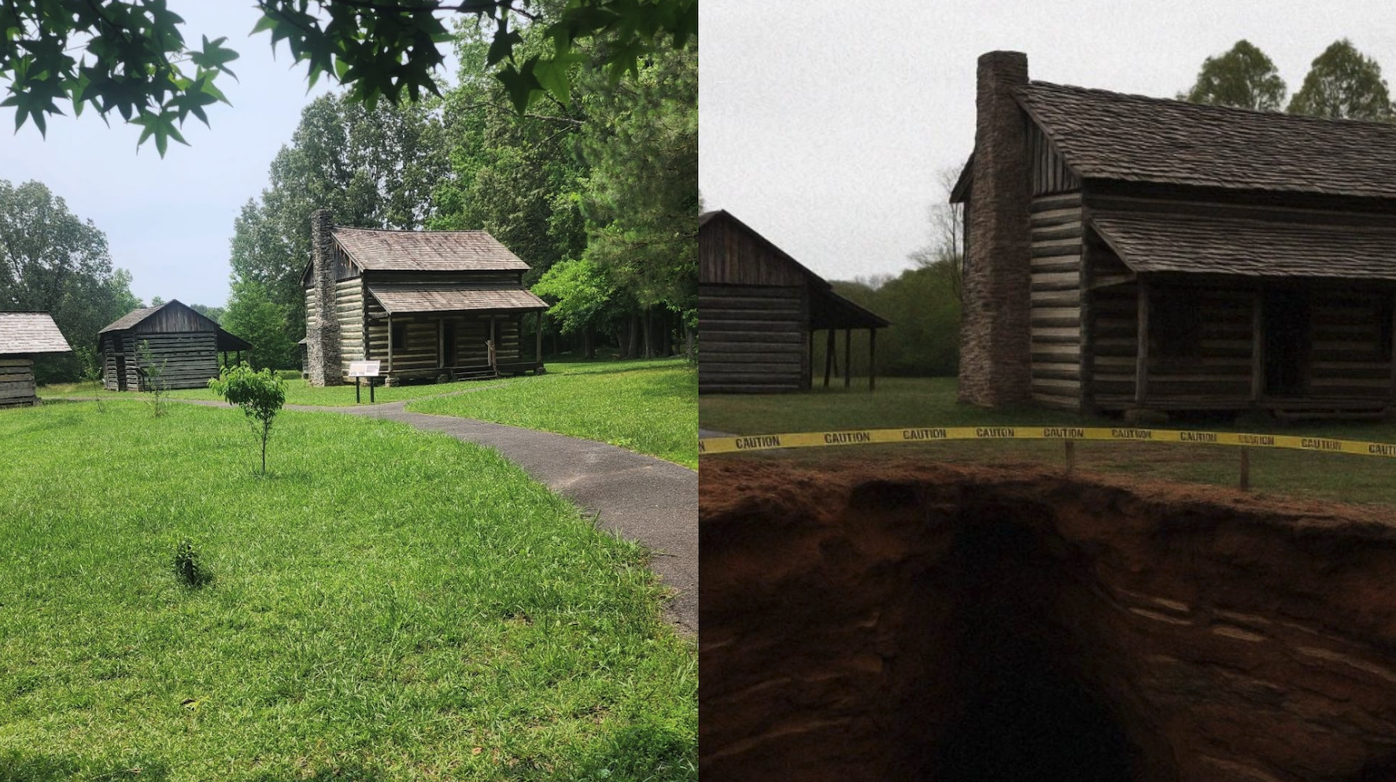Developer Offer
Try ImaginePro API with 50 Free Credits
Build and ship AI-powered visuals with Midjourney, Flux, and more — free credits refresh every month.
AI Fake Sinkhole Story Highlights Media Literacy Crisis
An AI-generated social media post recently caused a stir by falsely claiming a massive "ancient sinkhole" had appeared at Red Clay Historic Park in Cleveland. The claim was quickly debunked by Park Manager Erin Medley, but the incident brings a critical question to the forefront: How do we maintain safe media consumption habits in an era increasingly influenced by artificial intelligence?
The Elaborate Hoax Unfolds
The misleading news originated from a satirical Facebook page named "Cleveland Tennessee Breaking News." In a lengthy post designed to look official, the page announced:
"In what experts are already calling one of the most significant archaeological finds in modern North American history, a massive sinkhole has opened unexpectedly at Red Clay State Historic Park, revealing a previously unknown cache of ancient artifacts—some of which appear to predate known Cherokee occupation of the region."
This entirely fictional sinkhole was described as nearly 40 feet wide, over 20 feet deep, and supposedly of "Norse origin." The post even linked its appearance to a 4.1 magnitude earthquake that had affected eastern Tennessee earlier in May. At first glance, the post appeared credible enough to impress many commenters.
Debunking the Deception with Facts and Photos
However, a closer look at the "photographic evidence" in the Facebook post revealed tell-tale signs of AI generation. Park Manager Erin Medley provided a genuine photograph of the park, which Local 3 News compared to the AI-generated image, clearly disproving the sinkhole claim.
 Photo of the Red Clay State Park (left) taken on Sunday, June 1, compared to the AI-generated photo (right) shared online.
Photo of the Red Clay State Park (left) taken on Sunday, June 1, compared to the AI-generated photo (right) shared online.
Medley pointed out several inconsistencies, starting with the uniforms depicted in the AI image. "We're a Tennessee State Park, and those are more National Park Ranger uniforms, if you look at the color, the Smoky Bear hat," she explained. "None of those people work at Red Clay. I've been there for the past 20 years, so I'm a pretty familiar face over there. If I wasn't represented in that picture, then that definitely didn't happen."
Unexpected Attention and Potential Dangers
Surprisingly, the false information had an initially positive, albeit unintended, consequence for Red Clay State Park. Medley reported an influx of visitors curious about the sinkhole, which also led to increased sales in the gift shop.
Despite this silver lining, Medley cautioned that such hoaxes could easily have negative outcomes. "They have created this whole buzz about something that didn't even happen. Just think of how that could be used - not for good things," she warned. "We're lucky that some good came out of it because it got people interested in Red Clay, but it could also go the other way."
She elaborated on the potential adverse effects: "People could think, 'Oh, I'm gonna come to Red Clay and maybe dig things up and see what I can find,' or they might want to see the 'big hole'. It's not good in that way. It's false; it's lies."
Navigating the Age of AI: Tips for Safe Media Consumption
In light of such AI-generated content, Medley stressed the importance of critical thinking and due diligence. "Find out the facts; find out what's real. Today, unfortunately, that's a lot harder to do," she advised social media users.
She also urged people to scrutinize content that seems too extraordinary to be true, noting, "There's just always something you can see. It's always just a little off." This keen observation can be key to identifying AI-generated fakes.
Compare Plans & Pricing
Find the plan that matches your workload and unlock full access to ImaginePro.
| Plan | Price | Highlights |
|---|---|---|
| Standard | $8 / month |
|
| Premium | $20 / month |
|
Need custom terms? Talk to us to tailor credits, rate limits, or deployment options.
View All Pricing Details

